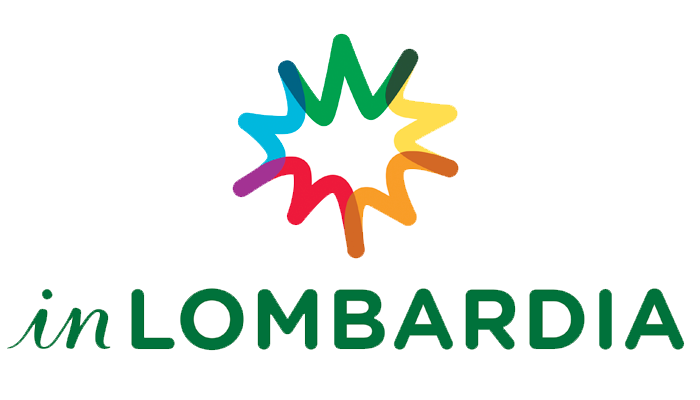A bit of history
Founded in 1977, the Polironian Civic Museum of San Benedetto Po is one of the major ethnographic museums in Italy. With over 13,000 objects, it constitutes an important historical document and proposes a rescue of the material and immaterial testimonies specific to the area of reference of the Museum: the river plain crossed by the Po, lying between the Prealps and the Tuscan-Emilian Apennines. What you visit today is the new setting-up inaugurated on October 2nd 2009 which is located in the suggestive upper floors of the monastic complex. The first part (sections 1 - 15) of the new setting-up is dedicated to material culture and rural society; the second (sections from 16 to 24) is reserved for magic, popular religion, local legends and artistic expressions of the Po valley world. The museum's historical-archaeological collection is also of considerable interest, currently exposed in the basements of the former monastic refectory. The collection includes clay materials, stone and conventual ceramics recovered during the excavation campaigns. Another important collection is that of the ancient Reggio-Modena agricultural wagons located in the basements of the former monastic infirmary.
At the beginning of the 70s a group of young people from San Benedetto Po and other municipalities of the lower Mantua area began to collect objects that were no longer in use, such as material finds from work and peasant life, with the aim of keeping them in a museum aimed at recovery and the restoration of the rooms of the former monastery of Polirone.
The first years were full of local exhibition activities that attract the attention of the general public on this spontaneous initiative.
In 1975, with the participation in the exhibition held in London "Andrea Palladio 1508 - 1580 - The portico and the farmyard" the group gained the trust of public institutions and the Polironiano Civic Museum was formally established in the former Benedictine guesthouse.
For about a year (1974) the Municipality had started maintenance works in the monastic library and in some rooms on the first floor of the Cloister of San Simeone, spaces used, until recently, as the seat of the compulsory school and as a home for rest for the elderly.
In the following years, while the restorations in the other rooms of the monastic complex continue, the Museum participates in fairs and conferences, making itself known and increasing, above all thanks to donations from private individuals, its patrimony of finds, which becomes conspicuous.
On 2 October 2007 the first major exhibition was inaugurated: "Art and work in the Po civilization". For the Museum it is the start of a long journey aimed, on the one hand, at the study and further increase of the collections, and on the other open to an intense collaboration with the world of schools and with the cultural and social organizations of the territory.
The important presence of the former Benedictine abbey constitutes, from the beginning, a stimulus to make the Museum a venue in which develop the comparison between the traditional tools of peasant work, and their decorations, with the artistic production of the medieval and monastic age, as well as with the different cultural levels that can be documented in the entire Poliron area, which includes a large part of Mantua and Emilia.
In the 80s the first permanent nucleus of the Museum was set up, structured as a large interdisciplinary exhibition, divided into various sections which document the material, agricultural and artisan culture between the 19th and 20th centuries.
In the same years, new sections of the Museum were inaugurated: one dedicated to the historical - archaeological finds of the former Monastery; another dedicated to the Italian agricultural cart (thanks to the temporary deposit of the important collection of Dr. Carlo Contini); a third to the materials of theatre belonging to some of the most renowned families of Italian puppeteers (Zaffardi, Pallavicini, Besutti, Murovech, Campogalliani, and others).
In 1999 work began to consolidate the vaults of the chapter house which forced the entire west side of the Museum to be closed to the public, interrupting the circularity of the exhibition itinerary.
Finally, in 2006, following the signing, by the local authorities in charge (Municipality, Province, Region), of the Framework Program Agreement for the restoration and plant adaptation of the complex of monastic buildings, the entire museum site and the construction site opens.
Parallel to this intervention, completed in December 2008, the museological study begins which leads to the total rearrangement of the complex, conceived on the basis of a new concept of the visit itinerary, which includes, in addition to the exhibition of material demological goods, also the representation of so-called "intangible" goods (oral traditions, practical knowledge, popular rituals, etc.). The preliminary feasibility study was attended, as external consultants, by experts known at national level, part of the SIMBDEA company (Italian Society for museography and demo-ethno-anthropological goods).
On 2 October 2009 the new layout of the Polironian Civic Museum was inaugurated, then completed in 2011 and 2015, with the Gallery of the popular puppet theater.

